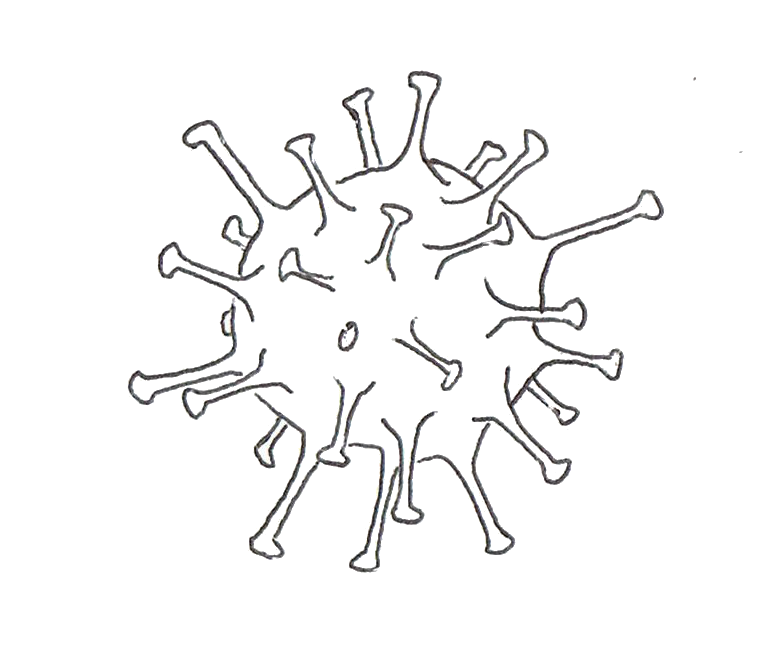
Biosecurity in practice: The prevention of Dengue and its vector species in Europe as a field of biomedical, technological, and political intervention
Due to transnational travel and trade as well as climate changes, 12,000 “invasive alien species” have now been introduced to natural environments in Europe. Among them, vector species such as the Aedes albopictus mosquito are believed to pose a threat to European citizens: the mosquitoes are capable of transmitting the Dengue virus, causing a formerly tropical fever to become endemic in more than 100 countries worldwide. Even if Europe does not (yet) rank as an area at risk for Dengue, the presence of the Aedes mosquito is now problematized as a biosecurity threat. Transnational attempts to regulate the complex interspecies relationship between humans, mosquitoes and the Dengue virus rest upon the assumption that the presence of Aedes albopictus does not necessarily result in an infection of the human population, but that it constitutes an essential prerequisite for Dengue infections.
Against this backdrop, the project aims to understand how the emergence of infectious disease risks—triggered by the unwanted mobility of biological organisms—brings about the onset of biopolitical spaces of action. These act as the domain in which heterogeneous practices, technologies and standards meet and mingle. They aim to prevent the spread and local establishment of the Dengue virus in Europe. Thus, the entanglement of human and non-human actors (viruses, mosquitoes) co-produces surveillance programmes, maps, public awareness campaigns and trade regulations, as outlined in European guidelines for the surveillance of invasive mosquitoes. These shifting fields of political, medical, ecological and social intervention are the central object of inquiry. The project employs qualitative ethnographic methods. It aims to understand how preventive technologies are enacted in four exemplary settings (the design of surveillance programmes, control of used tyre trade, mosquito collection strategies, and community participation programmes), how they are adapted to local contexts, and how they are made effective through specific sociotechnical arrangements.
The following will be analysed:
– How emerging preventive practices and technologies rely on and make productive use of the differentiation between native and invasive species.
– How EU-geopolitical border regimes are thereby (re-)organised, transgressed, enforced, modified or questioned.
– How the relationship between prevention, disease and territorial space is rearranged under these circumstances.
Funded by the German Research Association (Deutsche Forschungsgemeinschaft, DFG), 2016-2018.
Thus far, the following publications have emerged from this research:
• Urbanisation and globally networked cities. In: K. Barker & R.A. Francis (eds.): Routledge Handbook of Biosecurity and Invasive Species. London and New York 2021: Routledge (more information).
• (together with K. Hall) Asiatische Tigermücken als unerwünschte Grenzgänger. Invasive Spezies und die Regulierung von (Bio-)Unsicherheiten in Europa. In: Zeitschrift für Volkskunde 116 (2020), 67-81 (abstract).
• (together with K. Hall) Asian tiger mosquitoes as undesirable cross-border commuters. Invasive species and the regulation of (bio-)insecurities in Europe. In: Journal for European Ethnology and Cultural Analysis (JEECA) 5 (2020), 64-76 (abstract).
